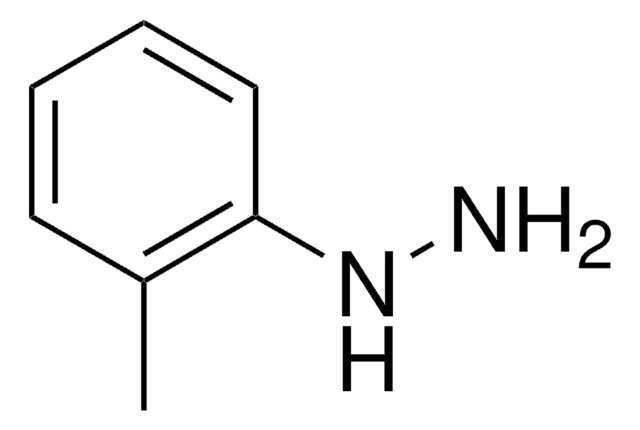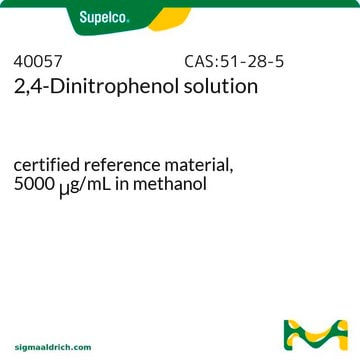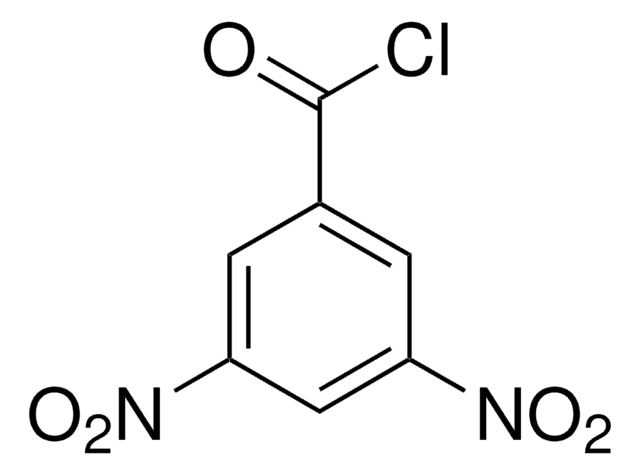Kluczowe dokumenty
42155
2,3-Dinitrophenol
moistened with water, ≥98.0% (HPLC)
About This Item
Polecane produkty
Próba
≥98.0% (HPLC)
jakość
moistened with water
zawiera
~20% water as stabilizer
mp
141-145 °C
ciąg SMILES
Oc1cccc(c1[N+]([O-])=O)[N+]([O-])=O
InChI
1S/C6H4N2O5/c9-5-3-1-2-4(7(10)11)6(5)8(12)13/h1-3,9H
Klucz InChI
MHKBMNACOMRIAW-UHFFFAOYSA-N
Opis ogólny
Zastosowanie
Hasło ostrzegawcze
Danger
Zwroty wskazujące rodzaj zagrożenia
Zwroty wskazujące środki ostrożności
Klasyfikacja zagrożeń
Acute Tox. 3 Dermal - Acute Tox. 3 Inhalation - Acute Tox. 3 Oral - Aquatic Chronic 2 - Expl. 1.1 - STOT RE 2
Kod klasy składowania
4.1B - Flammable solid hazardous materials
Klasa zagrożenia wodnego (WGK)
WGK 3
Temperatura zapłonu (°F)
Not applicable
Temperatura zapłonu (°C)
Not applicable
Środki ochrony indywidualnej
Eyeshields, Faceshields, Gloves, type P2 (EN 143) respirator cartridges
Wybierz jedną z najnowszych wersji:
Masz już ten produkt?
Dokumenty związane z niedawno zakupionymi produktami zostały zamieszczone w Bibliotece dokumentów.
Active Filters
Nasz zespół naukowców ma doświadczenie we wszystkich obszarach badań, w tym w naukach przyrodniczych, materiałoznawstwie, syntezie chemicznej, chromatografii, analityce i wielu innych dziedzinach.
Skontaktuj się z zespołem ds. pomocy technicznej












